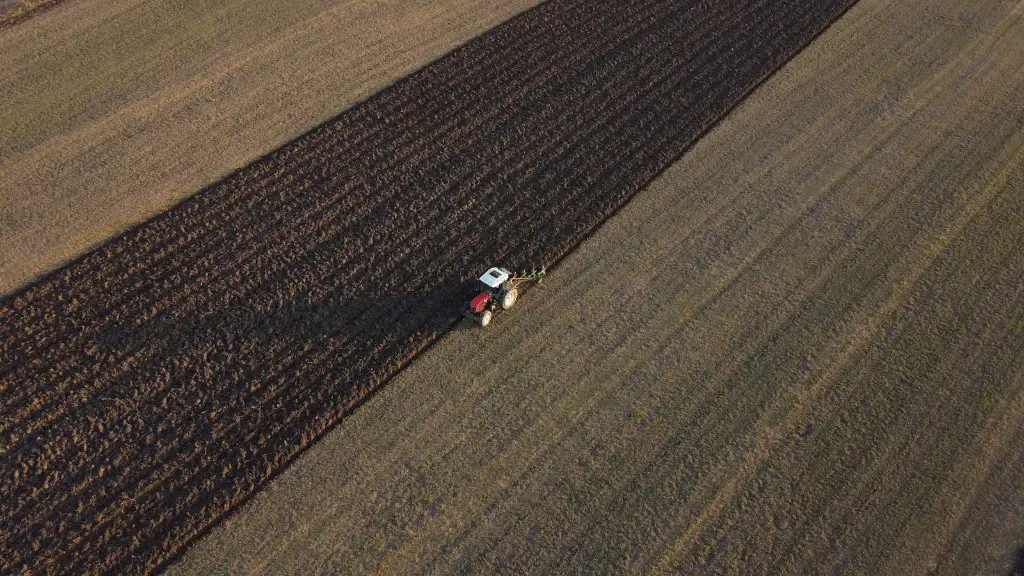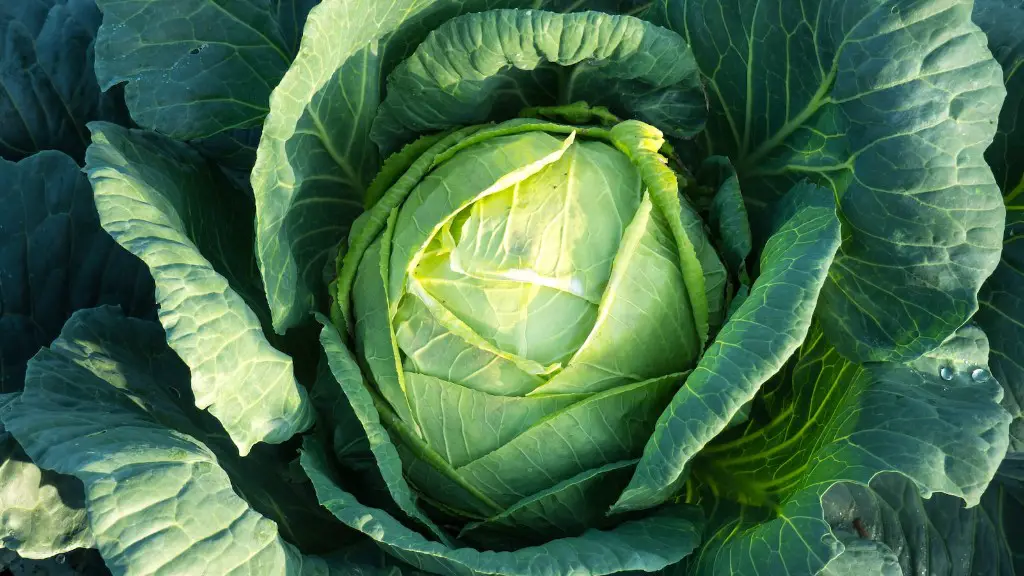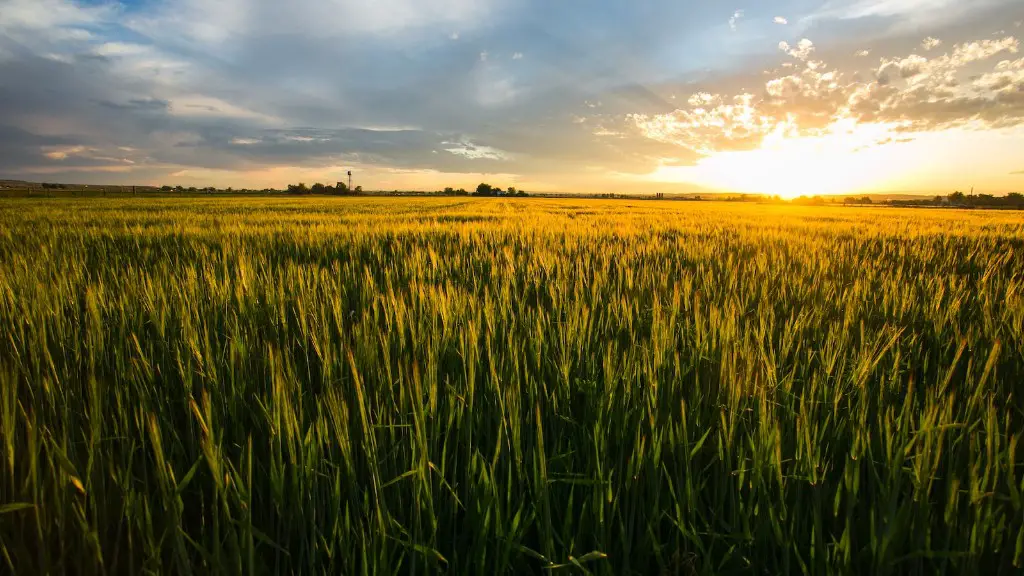Hulling is a process in agriculture used to separate a seed or grain from the hull or husk (inorganically-derived outer covering) that contains it. This process is often used to process some types of cereals, including rice, oats and barley. The hulling process is typically accomplished by using a machine called a huller, which mechanically pounds the grain to break it out of its hulls. The primary benefit of hulling is that the hulls can be removed and the grain can be more quickly and easily digested by animals and humans.
Different Types of Hulling
The hulling process varies depending on the type of crop being hulled. For example, with wheat, hulling is simply the process of removing the grain from the heads of the wheat plant and then grinding or milling the remainder into flour. Other grains, such as rice and oats, require a more intensive process. In these cases, hulling involves pounding the grain to break it out of the hull and then sieving or winnowing to separate the hulls from the grain.
Benefits of Hulling
There are several benefits to hulling. Hulling improves the nutritional quality of the grains, as the hulls can sometimes block the absorption of nutrient-rich compounds found in the grain. Additionally, hulling increases the shelf life of the grain, as hulls tend to retain moisture and can lead to spoilage. Hulling also results in a more uniform grain size, which makes processing and cooking easier. Finally, hulling removes most of the compounds in the hulls that can cause stomach irritation or food allergies.
Machineries Used in Hulling
Different types of machines are used to hull different types of grains. For example, rice hullers use abrasive rollers to break the husk away from the grain. Similarly, the hulling of oats and barley involves the use of a machine called a flaker, which consists of two or more rollers that rotate at high speeds and flatten the grain against its hull. Pneumatic hammer mills are also used in some cases to separate the hull from the grain. Finally, there are also machines specifically designed to mill flour from wheat and other grains.
Economic Impact of Hulling
Hulling is an important aspect of the agricultural industry, as it makes grains more suitable for consumption. The process has a significant economic impact, as it reduces spoilage and increases the shelf life of grains. Additionally, hulling reduces the time it takes to process and prepare grains for consumption, further improving their economic value. Finally, hulling increases the nutritional value of grains, leading to improved health outcomes.
How is Hulling a Sustainable Practice?
Hulling is a sustainable practice in the agricultural industry because it is an efficient way to improve the quality of grains. By removing the inorganic hulls from the grain, hulling significantly improves the nutritional content of the grain, as well as its digestibility. Hulling also helps to reduce food waste, as it extends the shelf life of grains and prevents them from spoiling. Finally, hulling helps to conserve energy, as it eliminates the need to use additional energy inputs in the production of processed grains.
Hulling Practices Around the World
Hulling is a widely used practice in agricultural industries throughout the world. In the US, hulling is a primary process used in the production of rice, oats, barley and other grains. In many parts of Asia and Africa, hulling is also used to process a variety of crops, including sorghum, millet and maize. Similarly, in South America, many agricultural producers rely on hulling to process a variety of grains, including corn and quinoa. Finally, in Europe, hulling is largely used for the production of oats and barley.
Limitations of Hulling
Hulling does have some limitations. For one, hulling is a mechanical process that requires a significant amount of energy to operate. Additionally, hulling can be time consuming, as it requires a large amount of labour to operate the machines and remove the hulls from the grain. Finally, while hulling can increase the nutritional content of grains, it can also lead to the loss of some minerals and vitamins, depending on the type of grain being processed. For example, some types of hulls contain compounds that can bind to nutrients and reduce their availability.
Environmental Impact of Hulling
The environmental impact of hulling varies depending on the type of process used. In most cases, the energy input required to operate machines used in the hulling process is significant, leading to the release of greenhouse gases. Additionally, the process of winnowing, which is used to separate hulls from the grain, can also lead to the release of dust and other particulates into the atmosphere. Finally, the disposal of leftover hulls can lead to further environmental impacts, such as water pollution or soil contamination.
Organic Hulling Practices
Organic hulling practices are becoming increasingly popular as the demand for organic food products continues to grow. Organic hulling attempts to minimize the environmental impact of the process, often by reducing the energy input and relying more on manual labour. Additionally, organic hulling seeks to preserve the nutritional content of the grain, often by avoiding the use of sieving or winnowing. Finally, organic hulling processes also seek to minimize residual waste by reusing the discarded hulls as compost or fertilizer.


